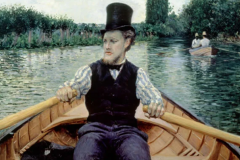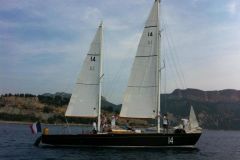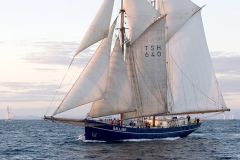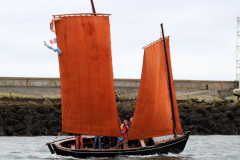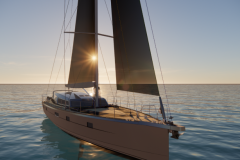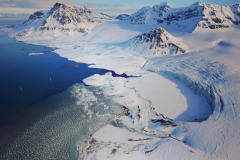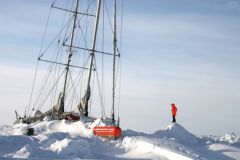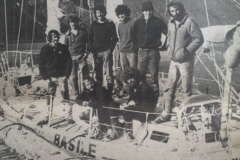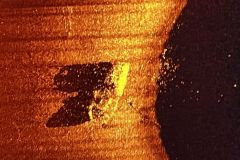"Where does plastic waste come from? In what forms does it arrive at sea? Where should we concentrate our efforts to stop their flow? What impacts do they have on marine biodiversity and living things? Today, it is estimated that 80% of plastic waste at sea is land-based." These are the questions that the scientists of the Tara expedition will try to answer.
Since 2010, the schooner Tara has been studying the presence of microplastics (from 0.2 to 5 mm in diameter) in the oceans of our planet. And the findings are clear: these fragments of microplastics are omnipresent in the ocean.
After the oceans, the rivers
After the Mediterranean in 2014, the Arctic Ocean in 2017 and the North Pacific "vortex" in 2018, Tara will now study the impact of plastics from land to sea. This new mission named "Mission microplastics 2019" will crisscross Europe for 6 months and explore 10 major European rivers. It will start on May 23, 2019 from Lorient (Morbihan), the schooner's home port, and will be scientifically coordinated by the CNRS.
Sampling is planned at the mouths of 10 of Europe's 15 major rivers: the Thames (England), Elbe and Rhine (Germany), Seine, Loire, Garonne and Rhone (France), Tagus (Portugal), Ebro (Spain) and Tiber (Italy).
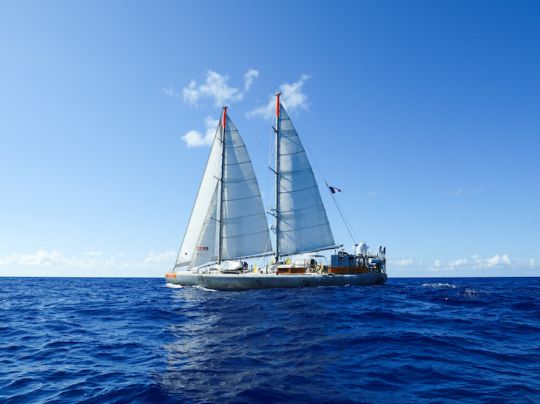
Although studies on plastics have already made it possible to characterize waste flows in aquatic environments (seawater, coastal waters, transitional waters such as estuaries and lagoons, rivers), they mainly focus on macro-waste (> 2 cm).
"Rain falling on roads, gutters, lakes, streams and rivers are all vectors for the plastic waste produced by each of us that ends up in the ocean. By getting closer to the coasts, the schooner Tara will conduct a new investigation to try to identify the terrestrial origin of the plastic materials found at sea."
A team of forty scientists
For this new mission, the team will be made up of about 40 scientists of all kinds, including marine biologists, ecotoxicologists, oceanographers, modelers, chemists and physicists. They will work on two main objectives:
- Identify pollution sources, understand their fragmentation in rivers and predict their dispersion towards the ocean
- Understand their impacts on marine biodiversity and their effects on the food chain
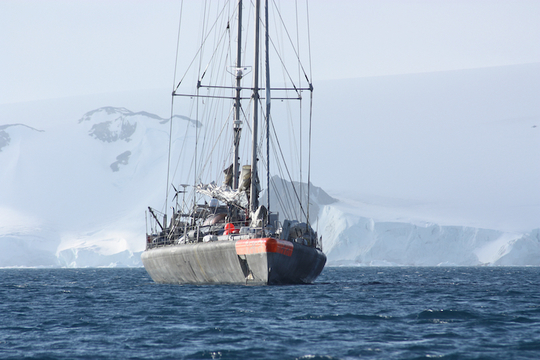
Sampling of microplastics (1 - 5 mm), micrometric particles (1-1000 µm) and nanoplastics (1-999 nm) will be carried out at the surface and in the water column.
These studies will make it possible to study the impact of plastics on biodiversity and their transfer in the food chain.
"Plastics are veritable rafts that can carry a wide variety of species over great distances and sustainably disrupt ecosystems. They can also accumulate in the food chain and end up on our plates.




